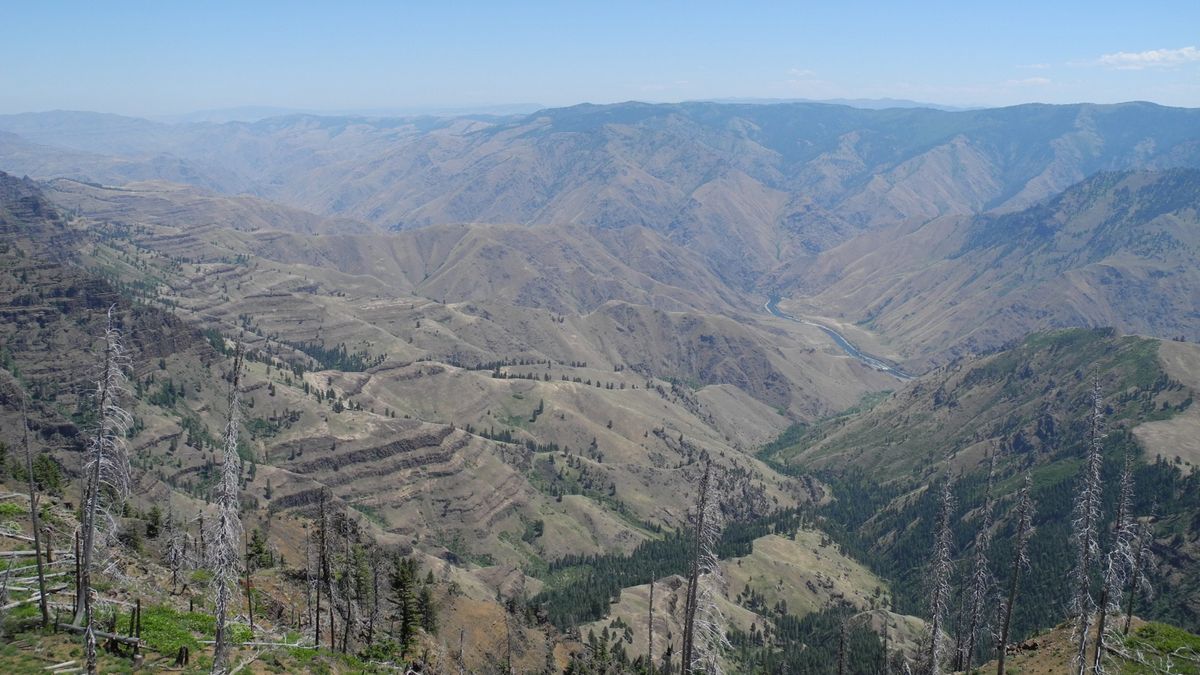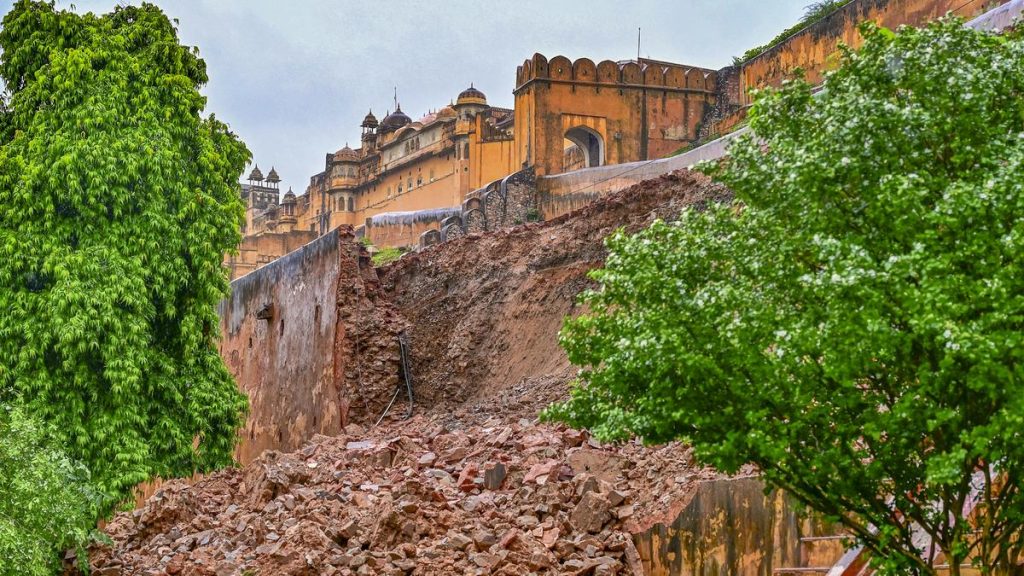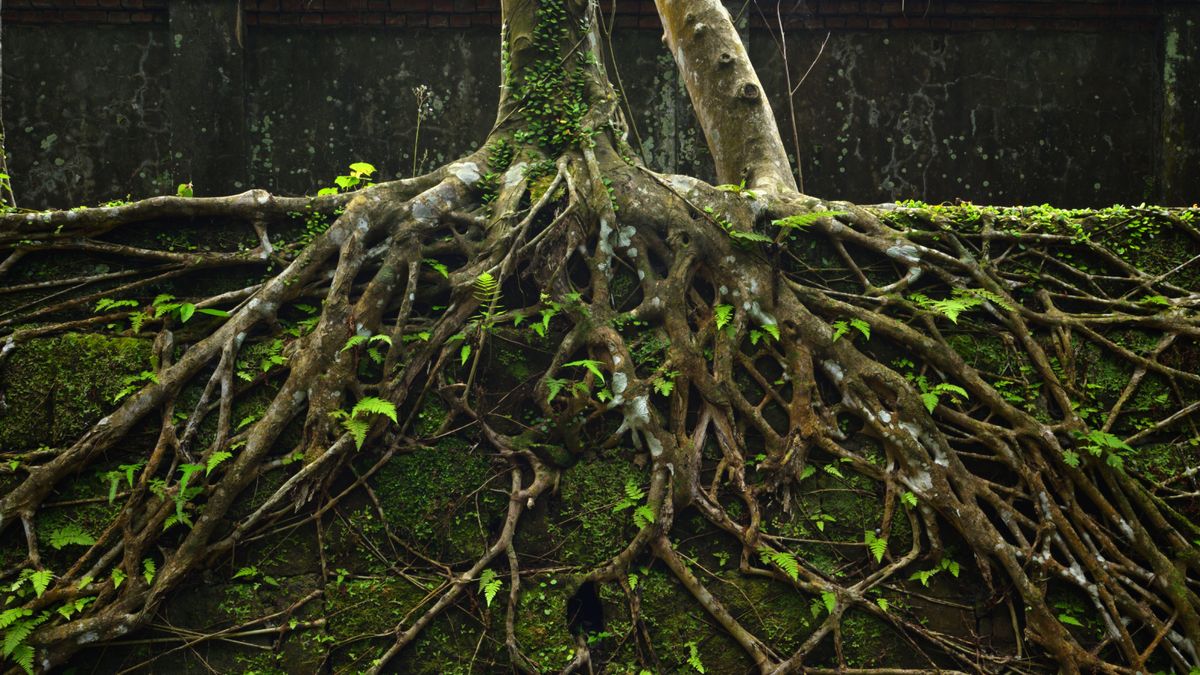Now Reading: Surprising Discovery Unearthed in Hells Canyon, America’s Deepest Gorge
-
01
Surprising Discovery Unearthed in Hells Canyon, America’s Deepest Gorge
Surprising Discovery Unearthed in Hells Canyon, America’s Deepest Gorge

Rapid Summary
- Hells Canyon in North America, the deepest river gorge, is about 10 miles (16 km) wide adn 1.5 miles (2.4 km) deep. It is nearly 2,000 feet deeper than the Grand Canyon.
- New research suggests that hells Canyon likely formed about 2.1 million years ago due to a dramatic flood event linked to water spilling from lake Idaho into what became the Snake River gorge.
- Researchers studied sediment deposits in caves along the canyon using isotope dating to piece together its formation history.
- The erosion shaping Hells Canyon began approximately 5 million years ago, with rapid carving occurring after water diversion around 2 million years ago.
- these findings challenge previous assumptions about canyon age compared to other features such as the Grand Canyon (estimated at around 5 million years old).
- Experts suggest this study provides a solid hypothesis that can inform future geological research on North America’s changing landscapes and ecosystems influenced by river activity over millions of years.
Images:
!Hells Canyon (Credit: Matthew Morriss)
!Cave Sediments (Credit: Matthew morriss)
Indian Opinion Analysis
The geological discovery surrounding Hells Canyon’s formation offers valuable insight not just for North America but also raises intriguing parallels for India’s own dynamic landscapes shaped by rivers like the Ganges or Brahmaputra in ancient times. Though vastly different geographically, understanding how rapidly valleys or gorges can form under shifting climates or tectonic changes leaves room for reflection on potential vulnerabilities within India’s natural environments today-especially amid increasing precipitation variability associated with climate change.Furthermore, this research underscores how environmental features affect ecosystems and species distribution over time-a principle highly relevant for India’s wildlife corridors often disrupted by urban progress across river-connected regions such as Assam’s floodplains or Uttarakhand’s valleys carved by Himalayan rivers.
While purely an international scientific advancement here, findings like these serve as reminders of universal principles underlying Earth’s evolving terrains-bridging knowledge gaps across continents that could better inform conservation strategies worldwide.




























